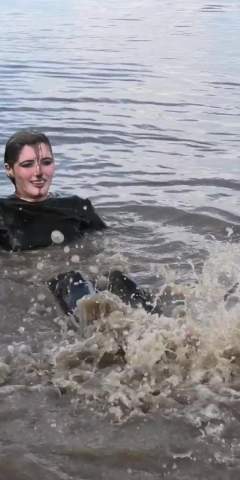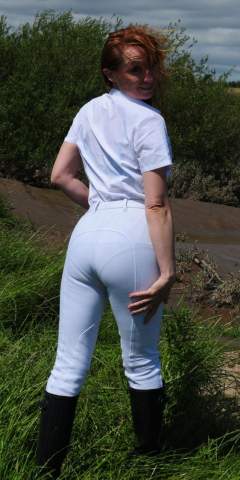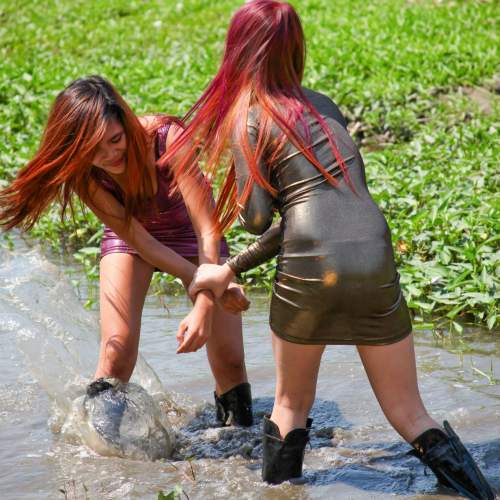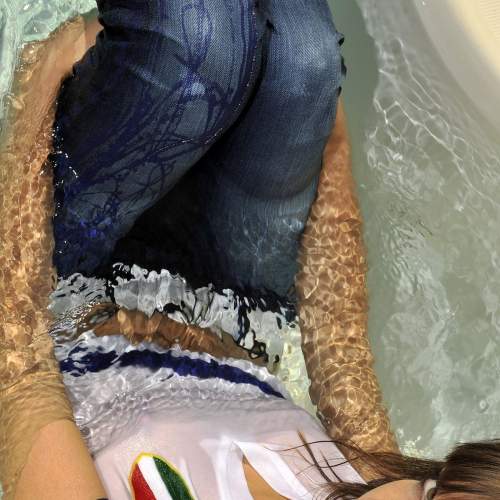|
|
|||
| forums: groups: | |||
|
"Finding mud"
well, if you're in Western Australia don't you need to make sure you don't get eaten by alligators or some such in the process?
Here in the UK, where we don't have such worries, I'd look on a map for a river on a nice flat bit of coast, so the river's moving nice and slowly and will have deposited plenty of mud which will become exposed at low tide. Having picked a likely area I'd then look it over on google earth, and if it still looked likely and reasonably easy to get to then I'd make a trip to check it out.
But, as I say, I wouldn't be so keen if I thought there was a chance of coming across some scary wildlife, in which case a delivery of powdered clay and a paddling pool might be the way forward!
Here in the UK, where we don't have such worries, I'd look on a map for a river on a nice flat bit of coast, so the river's moving nice and slowly and will have deposited plenty of mud which will become exposed at low tide. Having picked a likely area I'd then look it over on google earth, and if it still looked likely and reasonably easy to get to then I'd make a trip to check it out.
But, as I say, I wouldn't be so keen if I thought there was a chance of coming across some scary wildlife, in which case a delivery of powdered clay and a paddling pool might be the way forward!
It really depends on your geography. Here where I am, all of the good mud is in the tidal estuaries. If you're looking at rivers, remember that the current is swifter on the outside of a curve. That usually means the silt will be deposited on the inside of a bend. Sometimes those silt deposits make excellent sinking opportunities.
The settling ponds at a sand washing plant are great places to find deep, smooth clay, but they may be patrolled/fenced in.
If you have a wet season and a dry season, you might find some great mud at the bottom of a dried up swamp, pond, or lake. A likely place to find a silted up late is down hill from farmland.
Depending on your soil composition, rainfall amounts, etc., you may or may not find any of this useful.
The settling ponds at a sand washing plant are great places to find deep, smooth clay, but they may be patrolled/fenced in.
If you have a wet season and a dry season, you might find some great mud at the bottom of a dried up swamp, pond, or lake. A likely place to find a silted up late is down hill from farmland.
Depending on your soil composition, rainfall amounts, etc., you may or may not find any of this useful.
The mud-bondage guy
Yes, as has already been said, it depends so much on your geography! Access to a quarry or sand or gravel washing site where there are huge pits of seemingly bottomless, smooth, creamy clay are hard to come by, because they are often fenced off. For the natural mud, ponds near swamps or marshy areas can reveal amazingly deep, often smelly, black mud if the water recedes during a drier period. River banks are great, too, and Doug has good advice about the inner part of a bend having especially good silt to play in. I've found some good mud just by going on hiking trails and wandering off where the land is lower. It might not be too deep, but you can always strip down to whatever you want to get muddy in, and roll around in the mud!
Definitely use Google Maps satellite view to find the potentially muddy places, and feel free to write me a message if you have any questions. Good luck!
PS - I'm jealous that your warm season is just ahead, and here in the Northern Hemisphere we're about to head into the cold...
Definitely use Google Maps satellite view to find the potentially muddy places, and feel free to write me a message if you have any questions. Good luck!
PS - I'm jealous that your warm season is just ahead, and here in the Northern Hemisphere we're about to head into the cold...

Sponsors
To avoid content being blocked due to your local laws, please verify your age ?
Sponsors

Design & Code ©1998-2025 Loverbuns, LLC 18 U.S.C. 2257 Record-Keeping Requirements Compliance Statement
Epoch Billing Support Log In





 Love you, too
Love you, too






























